Report burned amid blood probe ‘Whitewash’
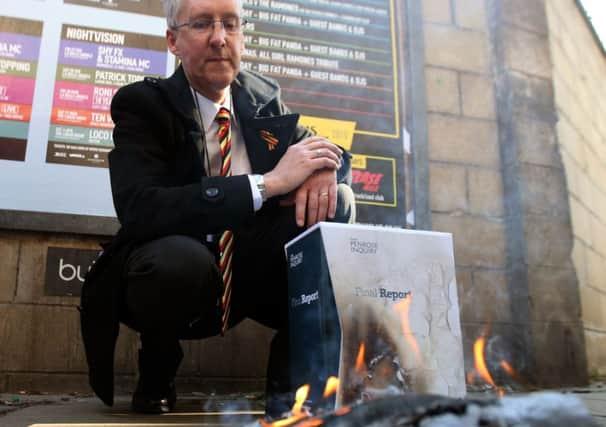

They had gone to the Museum of Scotland in Chambers Street hoping for an end to their decades-long wait to find out how blood infected with hepatitis C came to be in products used to treat their mild haemophilia.
But as it became clear Lord Penrose’s six-year long inquiry had failed to pinpoint blame and instead had concluded that little could have been done to prevent what happened, the brothers broke down.
Advertisement
Hide AdAdvertisement
Hide AdArms around each other and shaking with emotion, they angrily dismissed the report’s findings as a “whitewash” and pleaded for quick action to ensure compensation to help support their families.
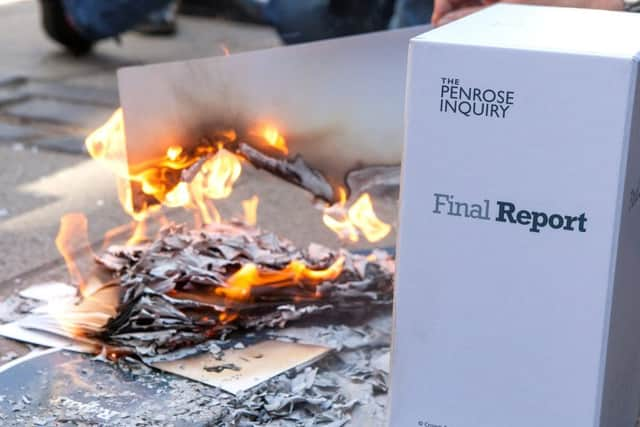

“I want to know that my kids will be looked after, I want security for my wife and two kids if I die,” sobbed Paul, 40, of East Lothian. That’s all I want.”
And brother Myles, 42, of Craigentinny, added: “I used to be a civil servant, now I can’t work. We can’t get life insurance.
“We’re worried about our families and what will happen to them when we’re gone.
“As usual, it’s the people at the top looking after themselves. Gradually we will be gone and they won’t have to make any compensation payments.”
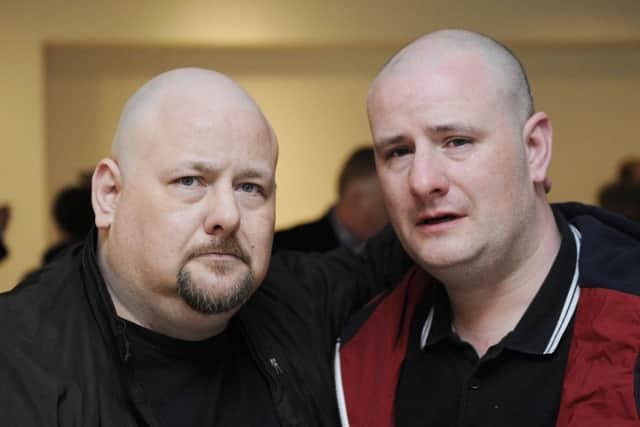

The Penrose Inquiry found around 2500 hospital patients were infected with hepatitis C through blood transfusions – a further 478 were patients with bleeding disorders such as haemophilia.
In addition, 60 people with bleeding disorders were given blood products that left them with HIV. A further 18 hospital patients received the contaminated blood in transfusions.
However it’s feared the scale of the hepatitis C problem could be much higher and that some people who were given transfusions before 1991 could have the virus and not know.
Advertisement
Hide AdAdvertisement
Hide AdThe Penrose Report’s only recommendation, immediately accepted by Shona Robison, Secretary for Health and Wellbeing, is that the Scottish Government offers a hepatitis C test to everyone in Scotland who may have been affected.
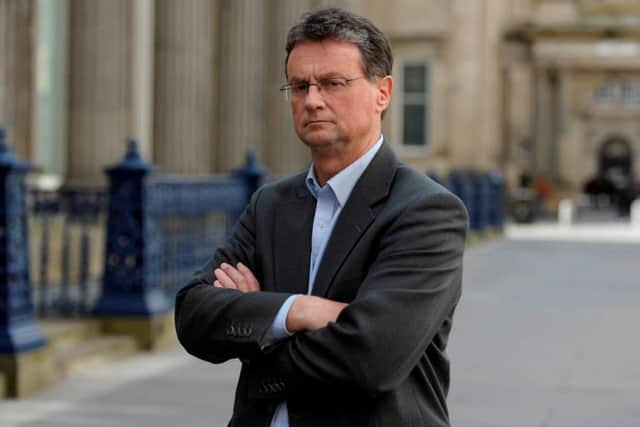

But for families and patients who received contaminated blood, the report brought little comfort.
Angry scenes erupted as the long-awaited report’s findings were read out.
Families affected by the scandal shouted “whitewash” and threw copies of the report to the floor before storming from the auditorium.
Outside, one group who had travelled from England hoping to hear how contaminated blood had seeped into the health service ripped up the Penrose Inquiry report and set it on fire. One branded it “a £12 million door stop.”
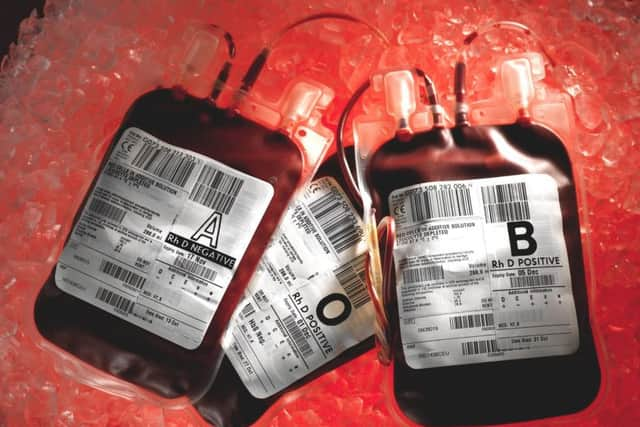

Bill Wright of Haemophilia Scotland, who received blood contaminated with hepatitis C in the mid-1980s, stressed the families’ fight for justice would continue. “We are working together with legal colleagues,” he said.
“Urgency is now the watchword. We need to get on with our lives.”
The inquiry confirmed that some contaminated blood was collected from prisoners even though there were concerns that some were convicted of drugs offences and had admitted to having a drug habit.
Authorities were aware of the potential risks in 1981,
Advertisement
Hide AdAdvertisement
Hide Adbut it would be three years before a stop was put to collecting blood donations from prisoners.
Lord Penrose’s inquiry described that as “unfortunate”.
He also highlighted the delay in the introduction of a blood-screening system which was said to have been held up by, among other things, the Gulf War.
And – controversially for some victims – he made reference to the stress that medical staff had come under as a result of treating patients with contaminated products.
In a major disappointment for one group of haemophiliac patients infected by HIV-contaminated blood – who believed they had been used as guinea pigs as part of a hospital study – the report found there was no clear evidence to support their claims.
It confirmed, though, that they should have been informed sooner that they had been infected.
One of them, Robert Mackie, of Peebles, called for legal action against individuals involved in decisions linked to the contamination scandal. “I don’t want an apology,” he said. “I want the people responsible charged with murder. I was not informed I had Aids for years. This is a matter for the criminal courts.
“There should be a proper criminal investigation.”
Patient care ‘paternalistic’
THOUSANDS of people in Scotland, many of them haemophiliac patients, were given contaminated blood and blood products by the NHS in the 1970s and 1980s.
Some were not told they were infected with hepatitis C or HIV for years – a result, according to Lord Penrose’s inquiry, of a “paternalistic” approach to patient care.
Advertisement
Hide AdAdvertisement
Hide AdPrime Minister David Cameron apologised to victims and described blood contamination as “a tragedy”.
The six-year-long inquiry had more than 13,000 pages of transcript, 200 witness statements and 120,000 documents.
SEE ALSO: